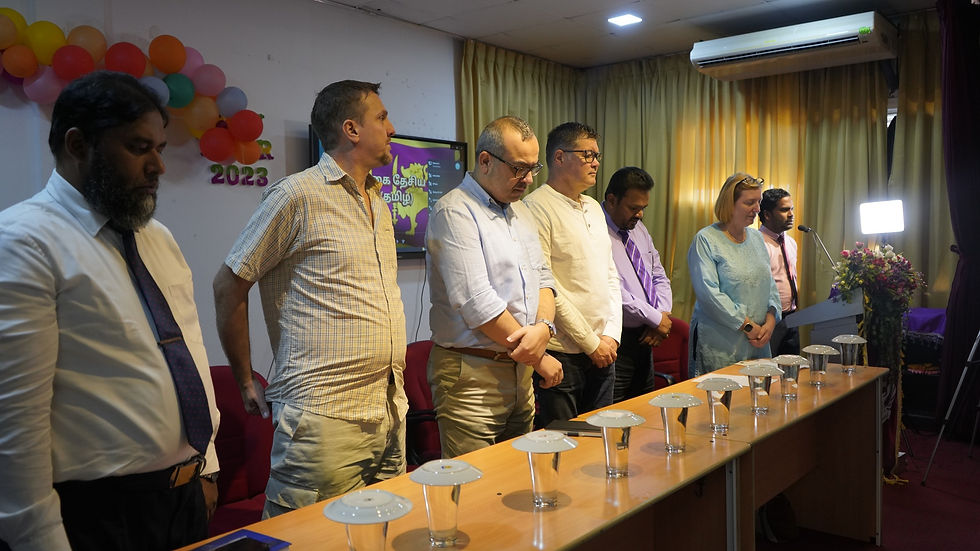Equipping Communities to Respond to Leprosy
- ADT
- Oct 20, 2020
- 2 min read
Updated: Sep 19, 2022

Leprosy is curable. Sadly, however, due to the societal stigma formed against it, leprosy often goes unnoticed, and those affected by it are reluctant to seek medication. Responding to this need, the Anti-Leprosy Campaign (ALC) of the Ministry of Health (MoH), together with the ADT, embarked on an innovative approach of nationwide leprosy awareness. Towards the end, the ALC and the ADT worked in collaboration with religious leaders of Buddhist, Hindu, Islam and Christian faiths. For more than a year, religious leaders have put aside their differences and joined together with the ADT and health workers in reaching the remotest parts of Sri Lanka with this message of hope and wellbeing.
At the southernmost point of Sri Lanka lies the little village of Gandara, which is home to a fishing community. As the Matara District was identified as one of the leprosy pockets in Sri Lanka, this little fishing community of Gandara is at risk of contracting leprosy. Thanks to the support of the inter-faith movement initiated by the ADT in the Matara District, this remote village recently received awareness on leprosy and is now equipped to prevent its spread.
The leprosy awareness campaign in Gandara was conducted in three stages. The first was an awareness seminar conducted for 45 villagers under the patronage of the Grama Niladhari (GN) officer and community leaders. The Public Health Inspector (PHI) for leprosy in the Matara District, created awareness on the illness, spread and misconceptions associated with it. The religious leaders of local places of worship called on the community to dispel the societal stigma formed against leprosy and those affected by it.
The second stage of the programme was a door-to-door campaign led by the PHI and conducted to encourage villagers with skin anomalies to attend a skin clinic. In order to ensure that the entire community is made aware of the upcoming clinic, volunteers from the community, together with religious leaders, the PHI and the GN officer, walked in groups throughout the village, reaching more than 250 households. Each household was given a pictogram to help them identify skin anomalies and a notice on the date, venue and time of the upcoming skin clinic.
At the third and final stage of this campaign, a skin clinic was held in the village welfare hall, in which three people were referred for treatment.
Thanks to the successful partnership between the ALC, the ADT and with the support of religious leaders, remote communities such as Gandara are reached with this message of awareness. Through this awareness and screening programme, the community of Gandara is now aware of the prevalence of leprosy, and its symptoms and the villagers are willing to help those affected by the illness. The members of the community also hope to share the message they received with the neighbouring town of Dondra so that they too can contribute towards minimising the impact of leprosy.
Black%203%20-%20website%20adjustment%201.png)



Comments